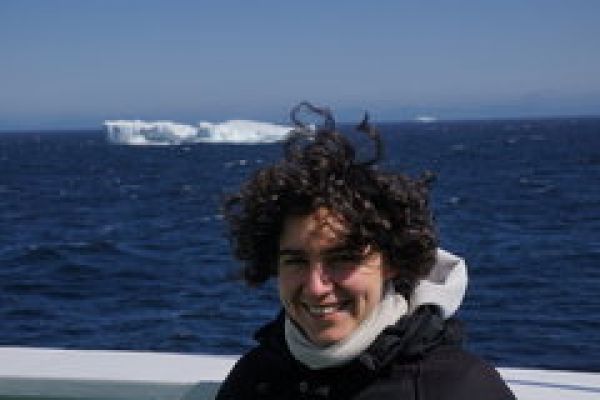In winter, cold water masses in the North Atlantic sink from the sea surface into the deep ocean. This process, known as convection, is one of the key components of the large-scale ocean circulation. Based on long-term observations, scientists from the GEOMAR Helmholtz Centre for Ocean Research Kiel have now demonstrated the influence of increased surface freshening in summer on convection in the following winter. As the researchers write now in the international journal Nature Climate Change, enhanced surface freshening and warmer winters have significantly shortened the duration of ocean convection in the last decade.
The temperature and salinity of seawater are key drivers for the global ocean circulation system. Warm and saline water transported poleward cools at the surface when it reaches high latitudes and becomes denser and subsequently sinks into the deep ocean. This process is called convection. At depth, the water is circulated back towards the equator drawing new water masses behind it. Deep convection occurs only in a few regions around the globe, including the Irminger Sea and the Labrador Sea near Greenland. But what happens if additional freshwater, for example from melting glaciers, enters this system? Model calculations predict a possible weakening of deep convection, but so far this could not be confirmed by direct observations.
By using long-term observations, scientists from the GEOMAR Helmholtz Centre for Ocean Research Kiel have now shown that freshwater has already impacted convection in the last decade. The results have been published in the international journal Nature Climate Change.
The study is based on the analysis of data obtained from moored observatories in the Labrador Sea and the Irminger See and from oceanographic floats. In addition, satellite observations of the ocean surface and atmospheric data were included. “For various periods over the last 60 years, we have been able to combine important processes: atmospheric variability, such as the North Atlantic Oscillation, water and air temperatures, the occurrence of fresh surface water, and the duration of convection,” explains Dr. Marilena Oltmanns from GEOMAR, lead author of the study.
Read more at Helmholtz Centre for Ocean Research Kiel (GEOMAR)
Image: The oceanographer Dr. Marilena Oltmanns is lead author of the current study. Photo: Arne Bendinger / GEOMAR


